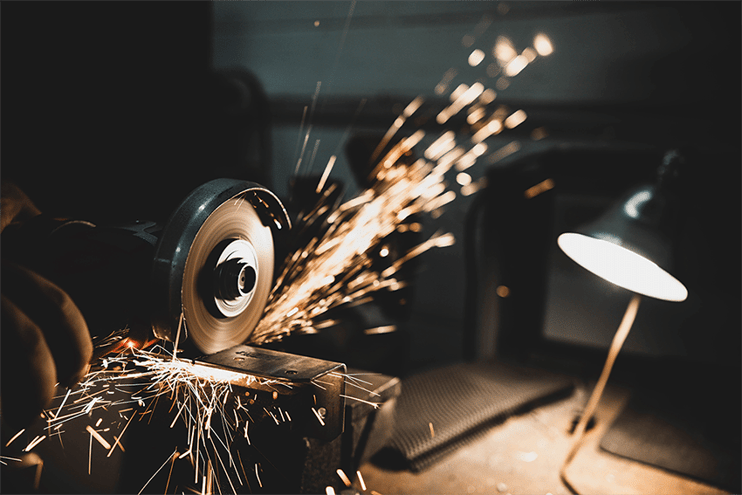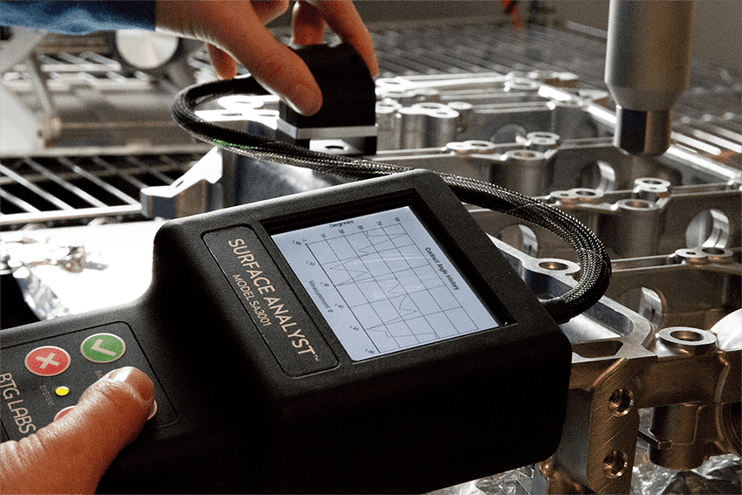When adhesion failure plagues a manufacturing process, it can be particularly disruptive. A production process may be humming along just fine, and then it suddenly becomes clear that a coating is uneven, or paint is chipping (when it wasn’t before), joints are weaker than they had been, or film is delaminating. These instances of adhesion not working properly can be minor if caught and fixed early enough, or they can be catastrophic to the performance of the end product.
Industries demanding high reliability require adhesion to work completely every single time, with no exceptions. The risks of medical devices not functioning properly, faulty wiring in navigational equipment caused by poor coating, or the seal used on a car engine part failing are all too great to leave to chance.
Manufacturers need to suss out the source.
Rethink your adhesion manufacturing processes with Surface Intelligence.
Finding the Root Cause
To do this, preliminary steps have to be taken. First, it's important to clearly understand what successful and failed adhesion look like in your specific application. This might seem obvious, but defining these performance standards helps set achievable goals and streamline troubleshooting.
This diagnostic approach gets to the heart of the problem. It could be the adhesive itself, the curing process, or the condition of the material's surface. By systematically checking these possibilities, we inch closer to the root cause.
If the adhesive and the curing process are looked into, and the adhesion issue persists, in our experience, this means the material surface holds the key to understanding where the problem is originating.
It's tempting to simply blame the adhesive for failure. While this is a starting point (and contacting your adhesive supplier is a good first step!), it shouldn't be the end of the investigation. In our experience, if the adhesive and curing process seem okay, the culprit often lies with the material surface itself.
The Surface Speaks Volumes (If You Know How to Listen)
Understanding basic adhesion principles is key to interpreting what the surface tells you. Adhesion is essentially a chemical reaction between the material's topmost molecular layers and whatever is being bonded to it. Unfortunately, a simple visual inspection won't reveal if the surface is ready for proper adhesion.
Look Deeper
The surface needs to be adequately prepared before adhesion can be successful. This includes cleaning and treating the surface, but it also means that these processes need to be controlled and optimized. If a surface is cleaned or treated but not to the extent that ensures a successful bond, then failure is inevitable. Not validating these steps is potentially the cause of the problem and is definitely a source of inefficiency in the process.
The only way to truly optimize the cleaning and treatment steps is to have a baseline quality value determined beforehand. If a surface has an undetected molecular contaminant or is in an unknown state, then it will be impossible to know to what extent it needs to be cleaned or treated. This same principle needs to be applied throughout the production process so that any time a surface is intentionally or unintentionally altered, it can be quantified and controlled.
Revolutionize Your Manufacturing with Surface Quality Inspection Technology.
Contamination and Chemical Changes Can Occur at Many Different Points Along the Way
Each point needs:
- Identification - figure out every point a material surface is or can be altered in any way throughout the entire production process, as well as in storage
- Quantification - the state of the material surface needs to have a quantifiable value attached to it at each point
- Verification: If the numerical spec is not met at each point, appropriate actions need to be taken to ensure adhesion success.
We call each of these inspection areas Critical Control Points (CCPs). Controlling these CCPs means that the source of adhesion failure will be revealed or blocked before it happens. Adhesion failure can’t be hidden when you are controlling your entire process.
Being able to fully troubleshoot all of these possible sources of the problem is not actually that easy. If it were easy, then manufacturers would have solved these issues a long time ago. But you’re not alone. It is common to not control these CCPs because, until now, the material surface has not been emphasized in adhesion maintenance. Most manufacturers have never been trained about where to look and lack the equipment with the necessary sensitivity to really measure the surface quality state.
To learn more about eliminating adhesion issues, download the free eBook "The Future of Manufacturing: A Guide to Intelligent Adhesive Bonding Technologies & Methodologies."

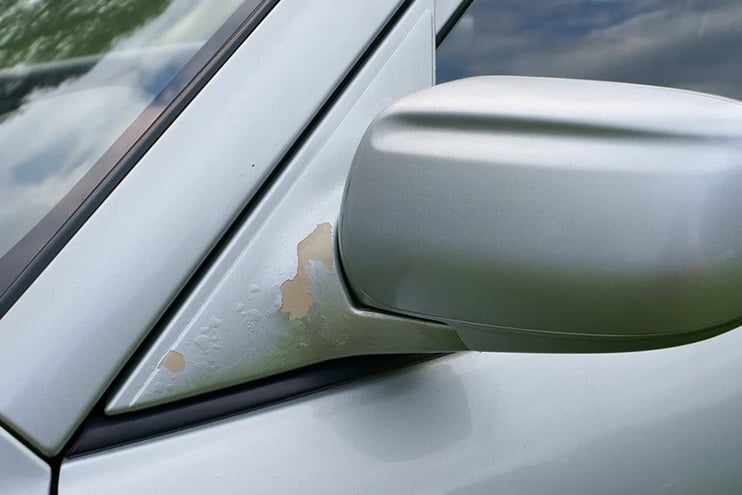

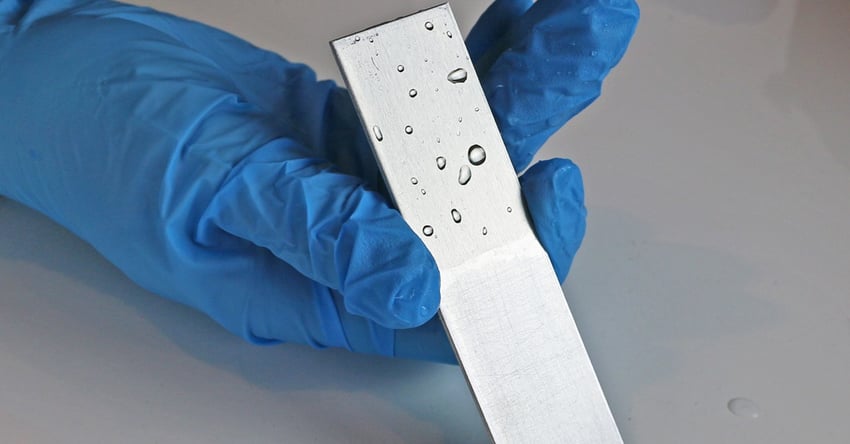





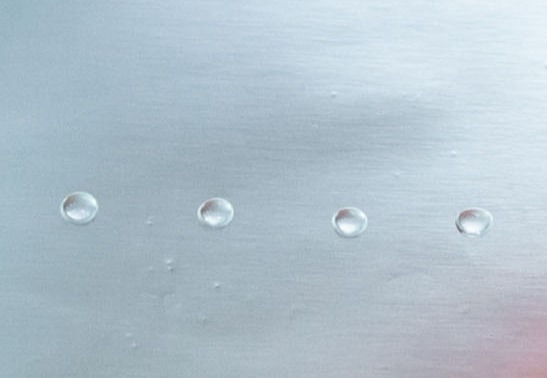
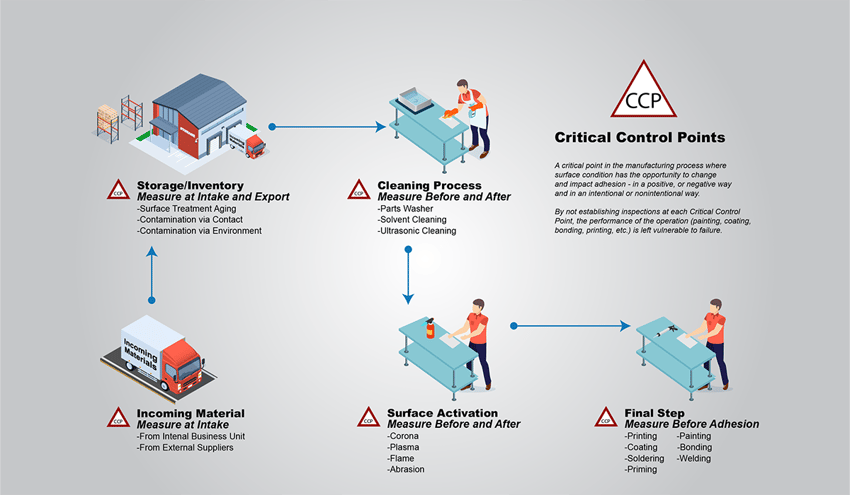
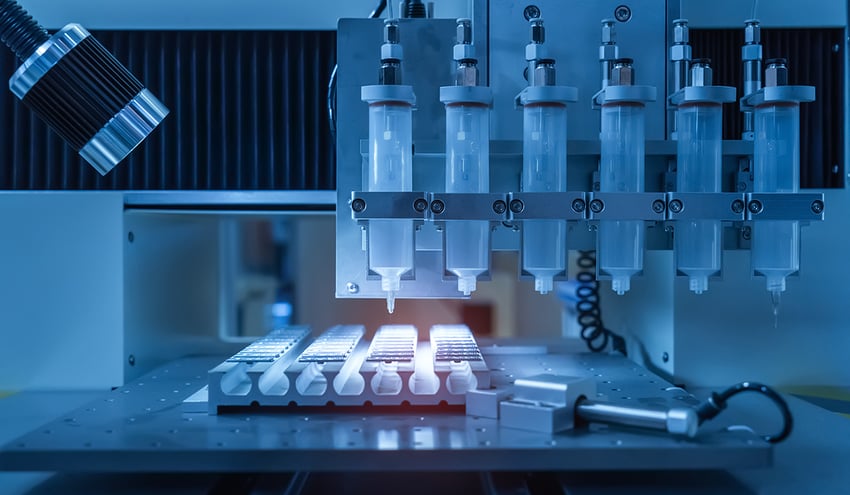
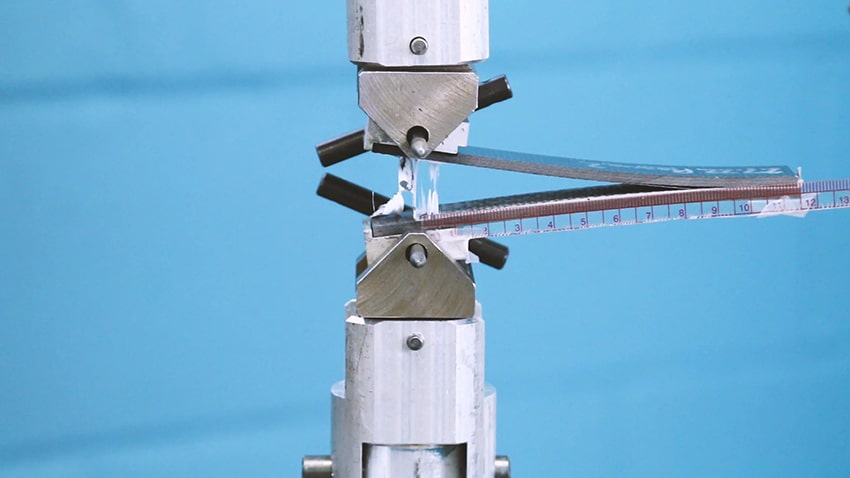




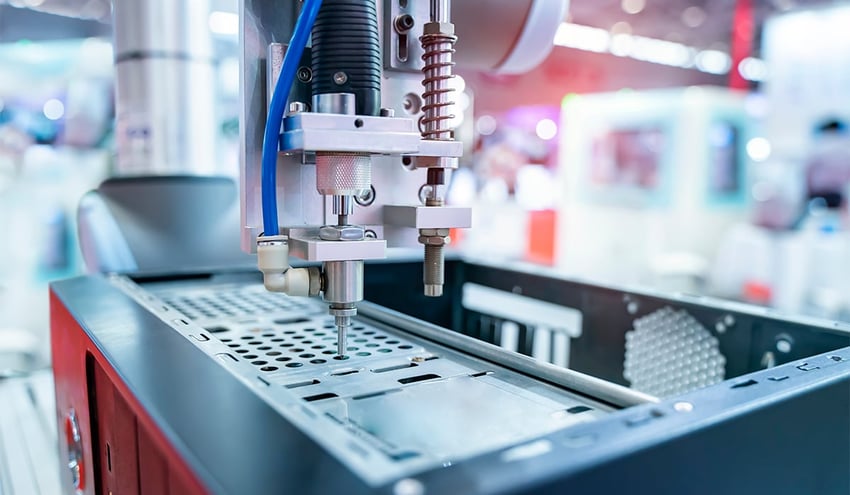

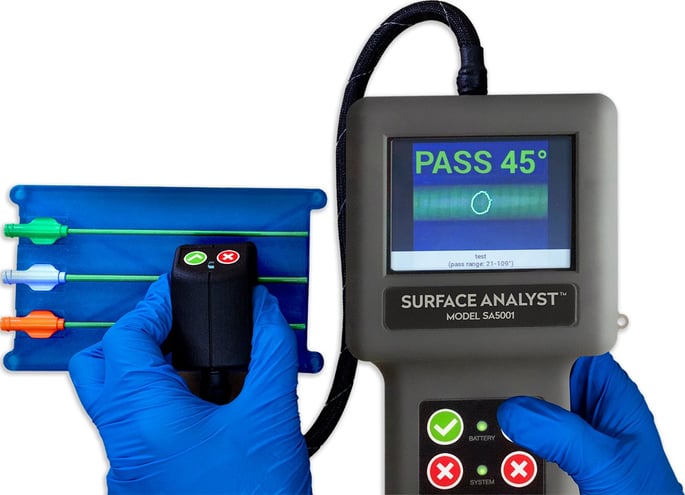

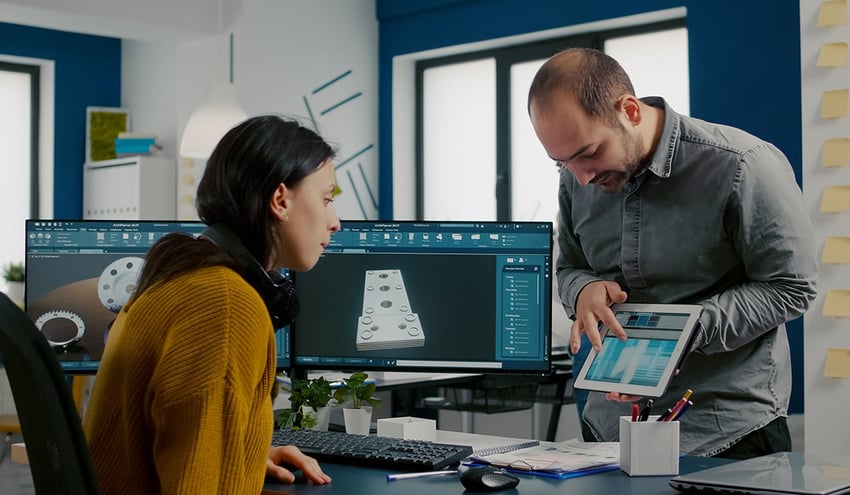
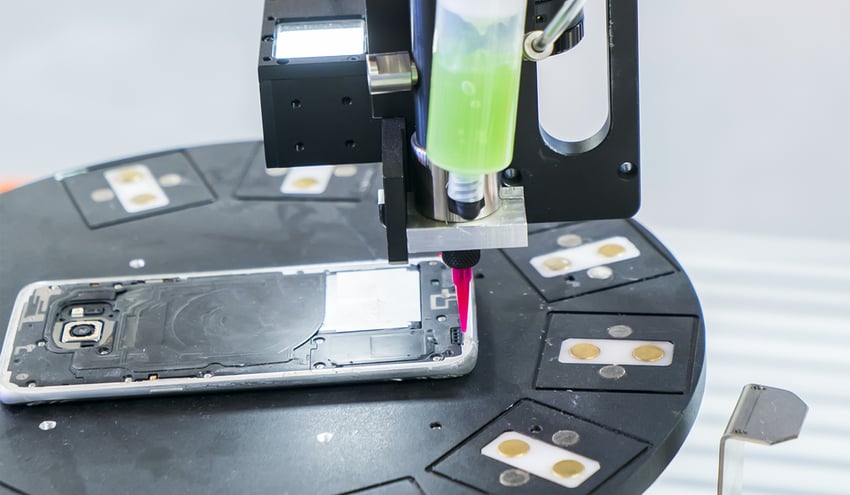
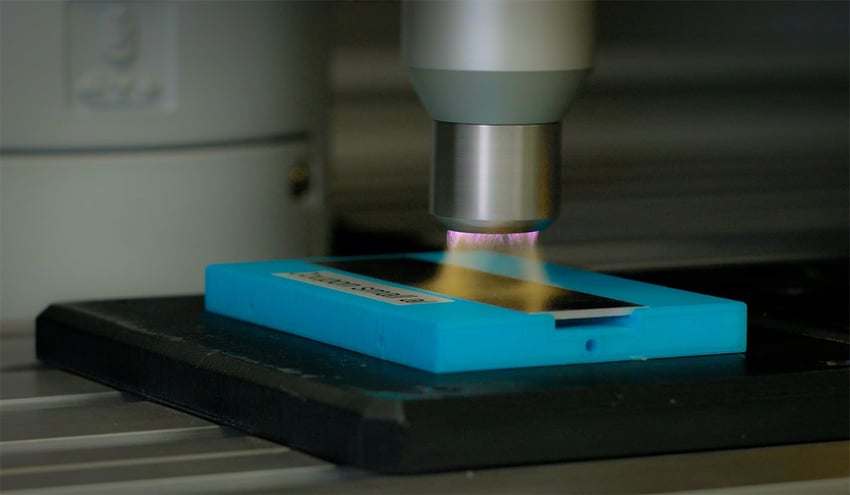
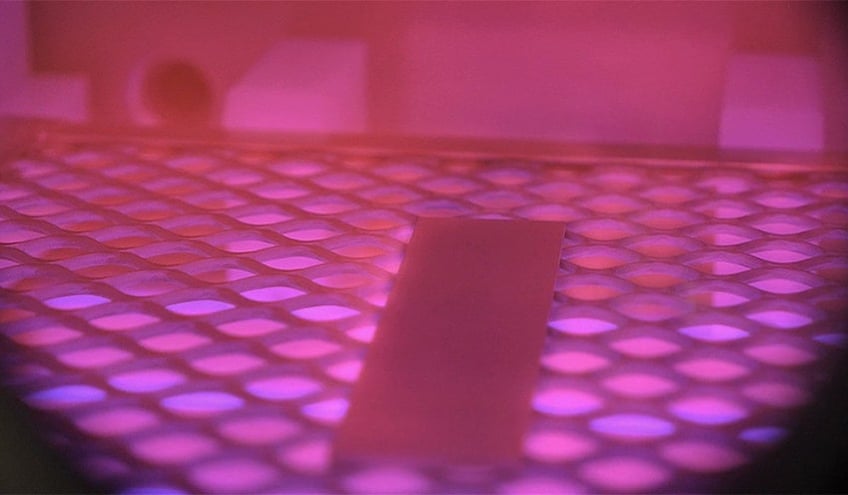
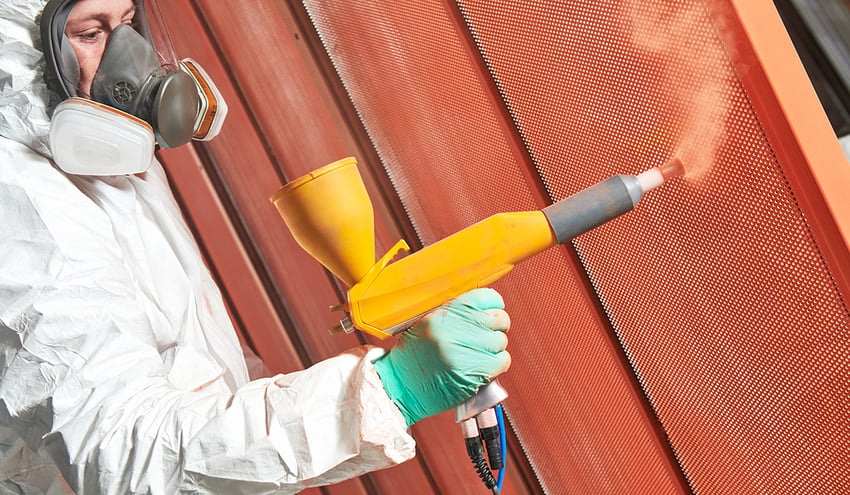
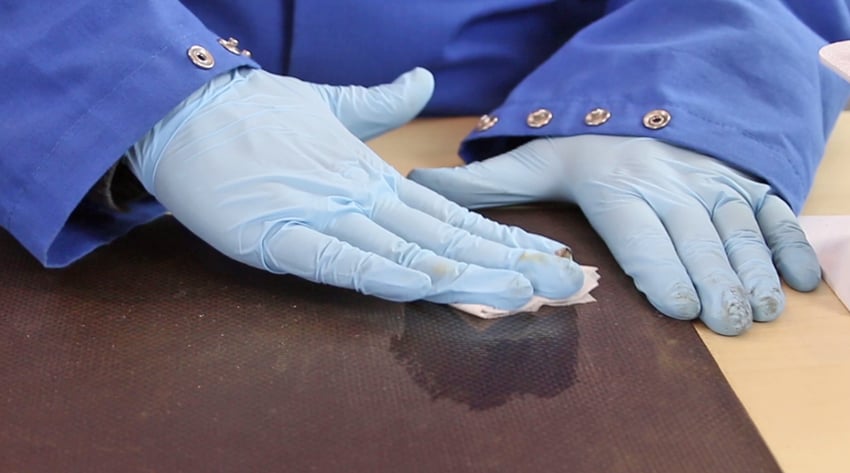
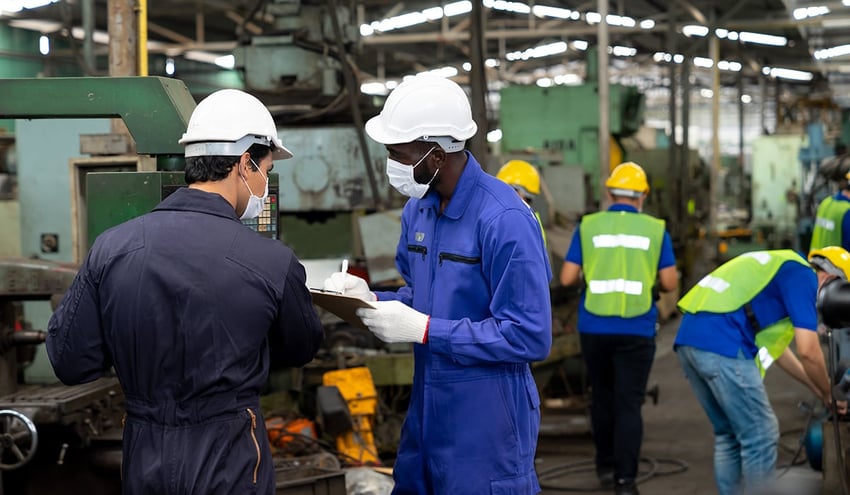
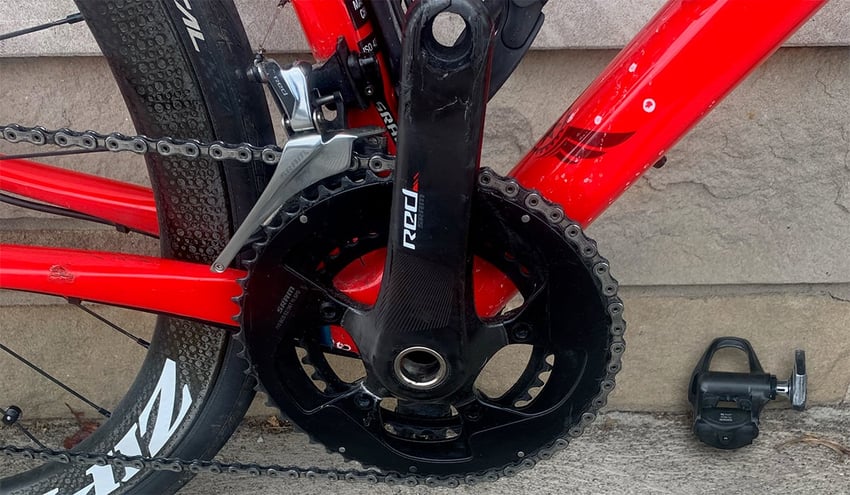
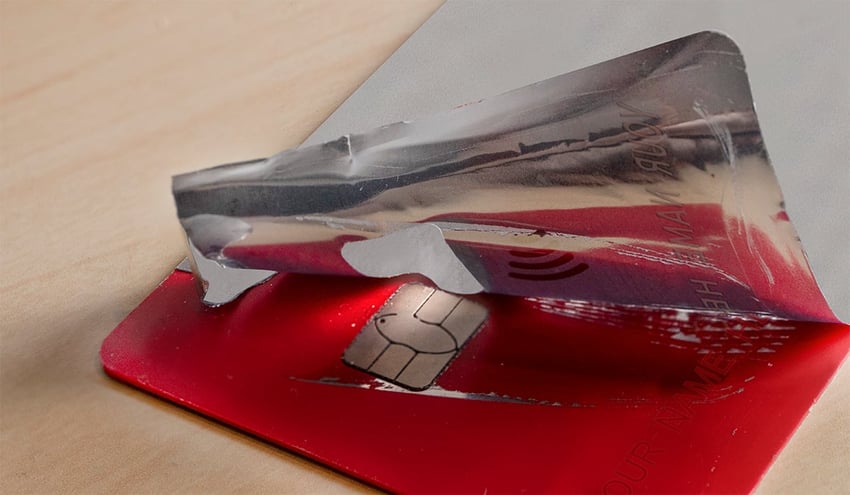
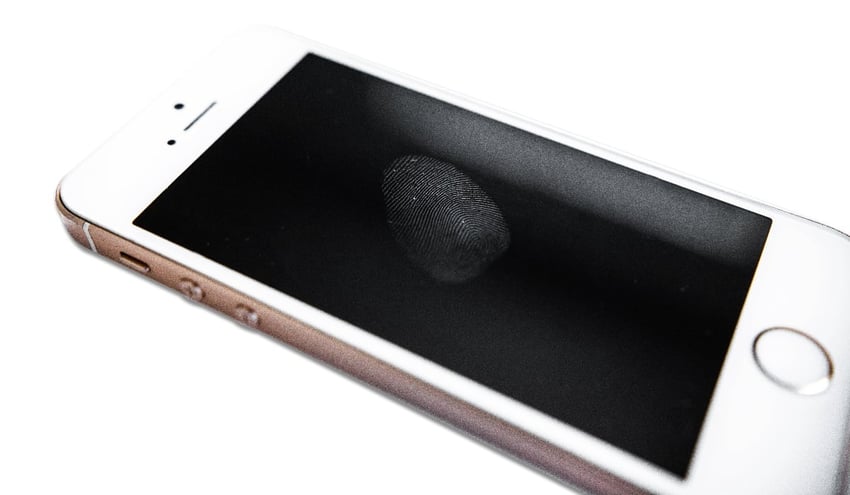
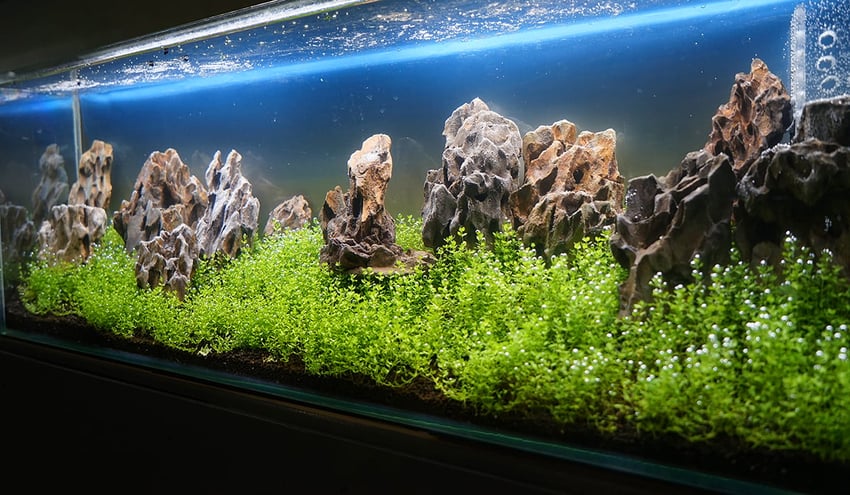
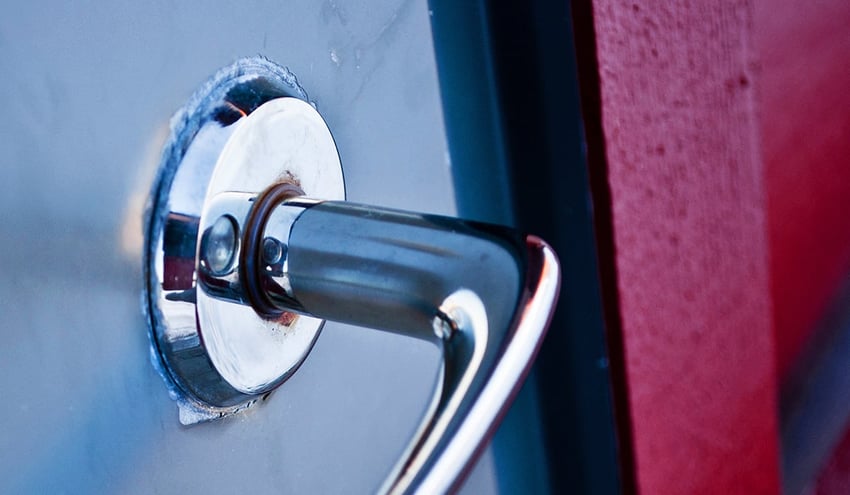
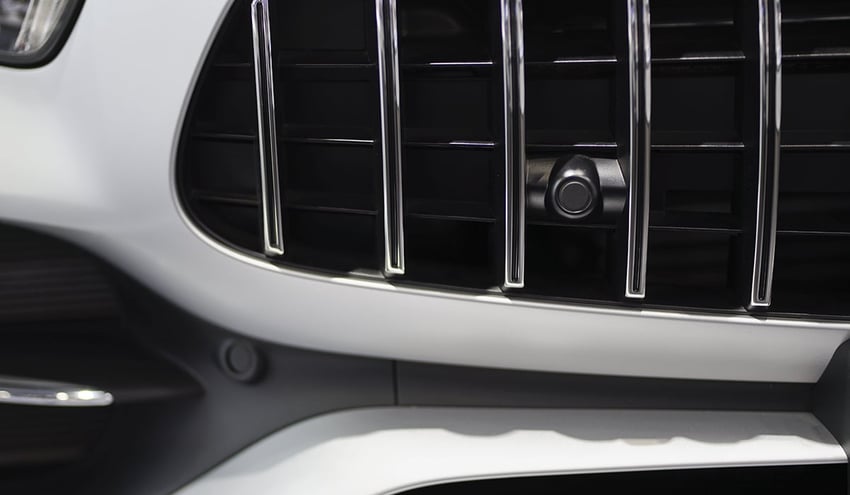
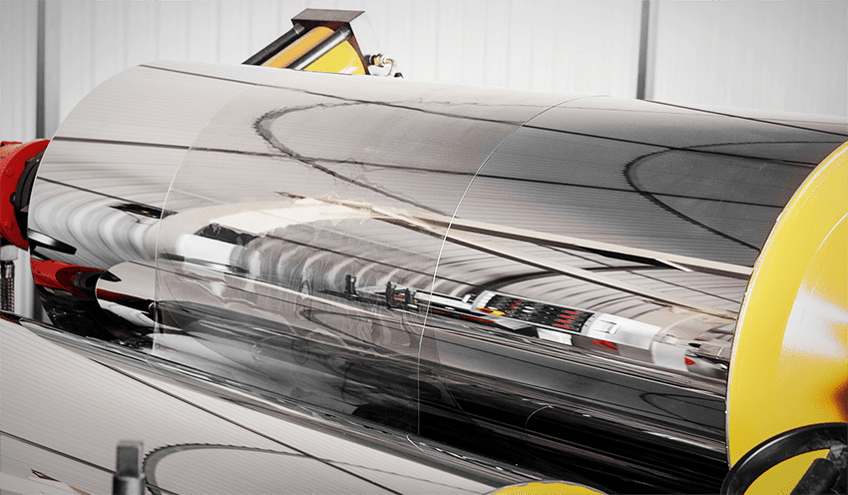
.jpg?width=850&height=495&name=metal-brazing-copper-component%20(reduced).jpg)
